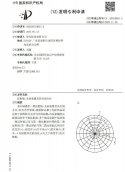All flight computers on all aircraft and spacecraft are triple redundant, it is the absolute minimum for avionics regardless of RADHARD requirements. Here's an example of the published flight control system of the Boeing 747 which flew in the 1970s and was published in the 1990s.
They still make chips RADHARD for a reason.
Understand the issues, the errors, etc.
Yes, but the scenario I was responding was computational errors due to high-energy particles, rather than cumulative (and therefore permanent) damage due to prolonged radiation exposure
Look at the metrics. Say the performance hit is 50% as specified in the article.
Given the small size/weight of chips and plummeting launch costs, the point is that you're better off using a larger number of commercial chips with redundancy than going with really expensive radchips.

